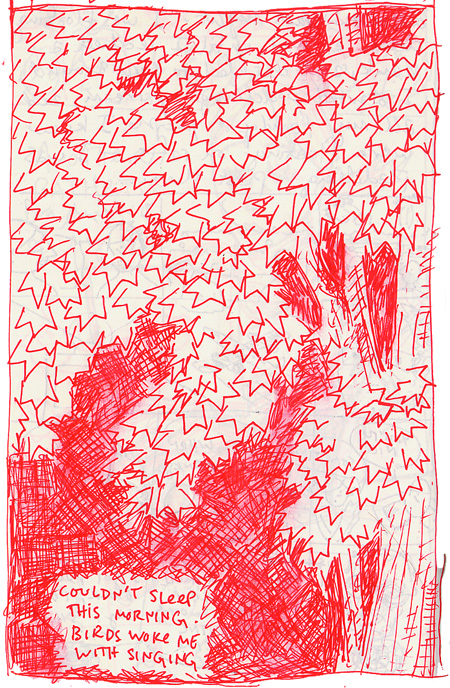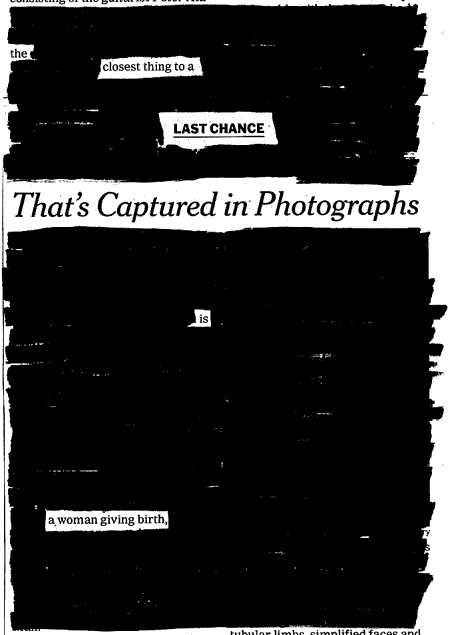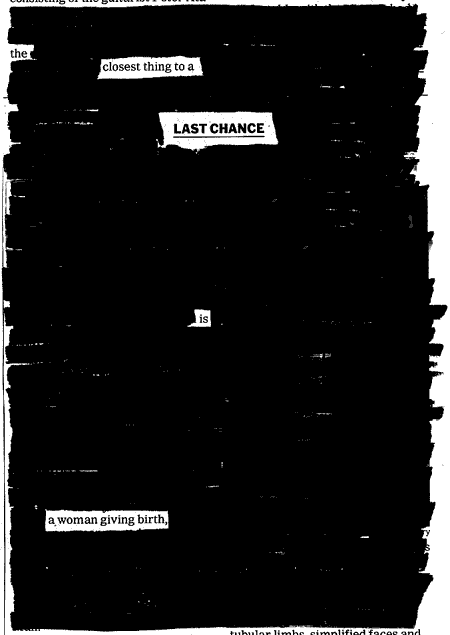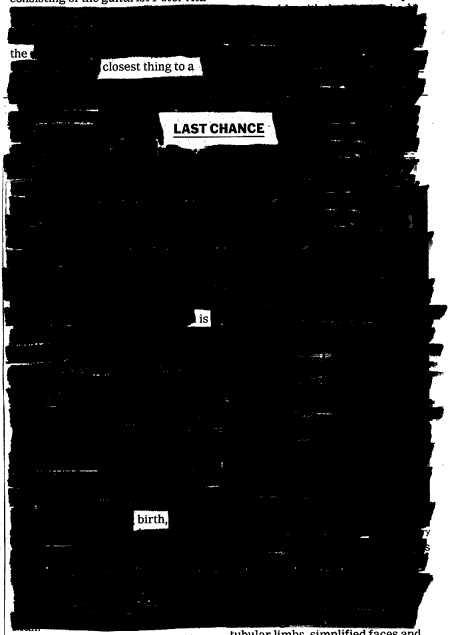A comics page by Joe Lambert
Joe Lambert is a student at the Center for Cartoon Studies. I’ve been following Joe’s blog for a while, partly because he’s a great cartoonist, partly because he does such a great job of documenting his life as a student at the school. (I’ve found student blogs to be a fabulous resource for determining whether a program would be right for me. Dig also, Dan Saffer’s blog about his time at Carnegie Mellon’s Design school)
Joe recently did a long interview with CCS faculty member Steve Bissette. I was impressed by Joe’s knowledge, but also by his honesty:
“I love so many things about comics, but at the same time I get really tired of reading something that I don’t like and getting this nagging feeling in the back of my head telling me that I should like it because it is done well. I think this is part of the complacency we sometimes fall into when creating things: thinking that it’s okay to be passive about what we’re doing or what we’re reading. I don’t want to get into value judgments, because everything is great all of the time, right? But I get tired of liking things just because they’re not bad. I really want to hate everything that isn’t amazing. I don’t think too many comics are doing everything that comics can be doing. “
I also really dig Joe’s list of cartoonists he’s looking to for inspiration these days:
Lately I’ve been looking closely at guys like David B. and Lewis Trondheim. Both create pages that are visually appealing, often with consideration to the way a page reads – the flow, I guess. But they’re both great at symbolizing ideas and doing so in a way that doesn’t interrupt the reading….I like the way Craig Thompson effortlessly guides my eyes across pages. I like the way Chester Brown’s thin, delicate line makes me uncomfortable; or the way Chris Ware evokes the passage of time and establishes rhythm using any number of panels; the way Lilli Carre packs so much into her characters’ expressions; I’m excited by Jordan Crane’s audacity to leap from moment to moment without holding the reader’s hand too tightly. Kevin Huizenga takes his comics very seriously, but still is still playful too.
Yes, yes, yes. Go say hello to Joe.




